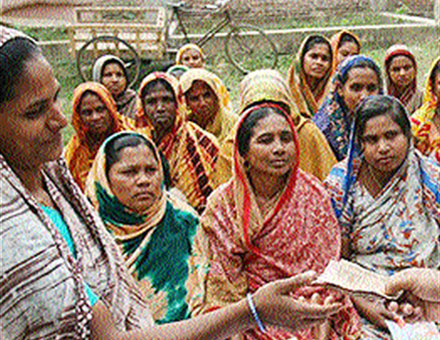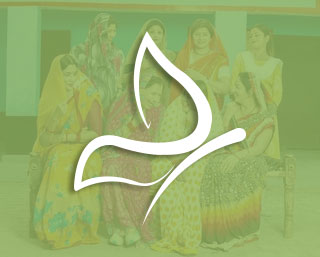About us
AKRITI INDIA MICRO FINANCE FORUM is started with a vision to provide microfinance services in underserved areas.
It may seems surprising for many of us that on one hand Microfinance sector is discussing and debating the over indebtedness of microfinance clients and ways to get rid of it.
However on the other hand many, including AKRITI INDIA MICRO FINANCE FORUM, aspiring to serve un-served and under-served.
But the fact is large number of population which could be potential customer for micro finance do not have access of credit from formal financial institution.
Trends in
Microfinance Industry
Micro Finance in India is playing an important role in poverty alleviation and is widely credited for its success both nationally and internationally.
India’s labor force-Agriculture (60%), Industry (12%) and services (28%) clearly indicate that even today agriculture is a major employment generator.
However, in terms of contribution to GDP, agriculture contributes only 17.2%, whereas industry (29.1%) and services (53.7%) contribute much more.
From the above, it is evident that though there is scope for employment generation in agriculture.
There is a significant shift to services and industries, suggesting that there has been a migration of population towards urban locations.
With 25% of the population still living below the poverty line and an unemployment rate of 6.8%.
Life in urban locations throughout the country is going to be more difficult.
Hence to meet this challenge, the Micro Finance sector is reaching out to more of the urban poor.
Thus there is a significant shift towards urban Micro Finance.
The government has relaxed controls on foreign trade and investment.
Higher limits on foreign direct investment were permitted in a few key sectors, such as telecommunications.
However, tariff spikes in sensitive categories, like agriculture and incremental progress on economic reforms still hinder foreign access To India’s vast and growing market.
Challenge in the Micro Finance Industry
Micro Finance is effectively moving towards a banking type of sector through gradual evolution.
Clients are aspiring for large credits for doing scaled up economic activity. Since higher CAR norms are being stipulated by RBI, MFIs need to bring in capital to meet this growing demand of the clients.
We need to link the clients with market and technologies. The need for this group is indeed costly as they are scattered and tend to use only tiny loans. Designing of the right products for clients is still a great challenge.
To cope with the growing needs the industry is expanding fast and as a result competent human resources is increasingly becoming an issue.
Formal Financial Sector Increases support to Micro Finance
Commercial banks both nationalized and private sectors are now increasingly lending to MFIs and apart from giving term loans,
These banks are resorting to securitisation, loan syndication and guarantee. In addition, institutions such as SIDBI and FWWB have continued their lending despite the crisis.
Fintech Role in Microfinance.
Microfinance describes financial services to those who lack access to traditional banking services, such as small businesses.
Financial technologies (FinTech) refers to the technologies used in the financial sector – typically by financial institutions. There is an increasing number of those seeking loans online. Following the financial crisis (due to COVID 19), banks have tightened their consumer lending policies.
So that individuals and businesses with low incomes have found it increasingly difficult to obtain loans. AKRITI INDIA MICRO FINANCE FORUM helps those individuals to get quick and Hassle free loans, so that they can fulfill their dreams which was not possible Due to financial instability.



